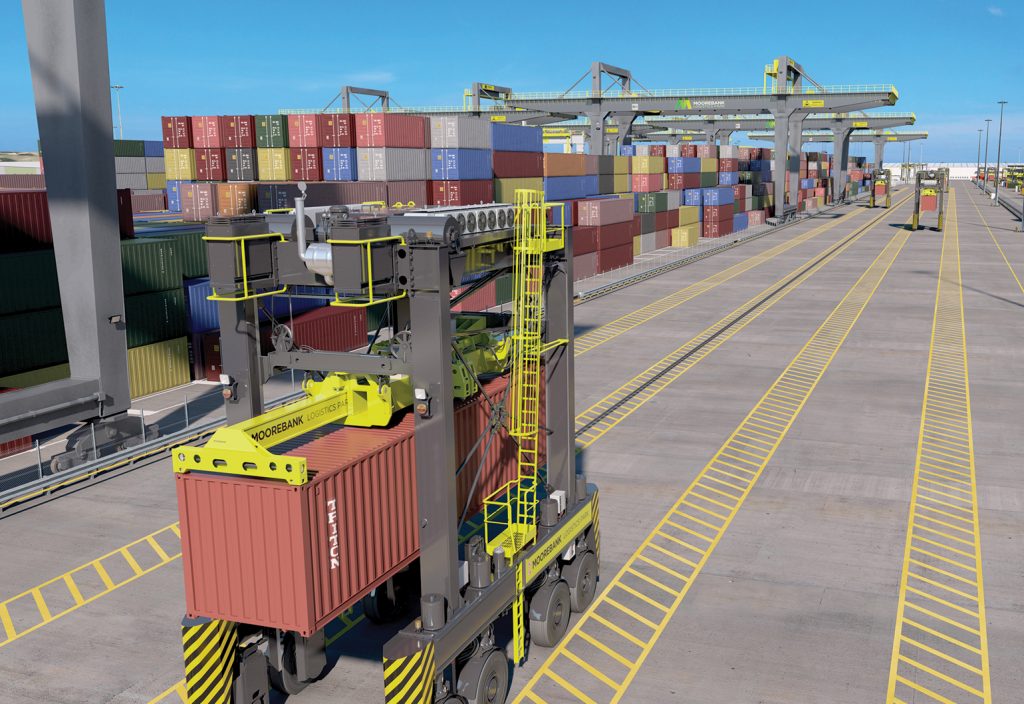Sydney’s new intermodal freight precinct will be the largest in Australia – and that’s good for the environment.
The new Moorebank Logistics Park will move freight from road to rail via a number of world-first innovations, having a “considerable environmental impact”, according to Qube, the precinct’s owner and developer.
The project will link a multimodal logistics facility to Port Botany by rail. The first sod on the 243-hectare site south of Sydney was turned last year. The park features onsite renewable energy generation and other environmental measures.
The import-export rail shuttle to Port Botany is scheduled to start operating this year and manual operations at the site will begin in the first quarter of 2019. Automation is to be phased in by 2022.
Throughput capacity will be 1 million twenty-foot equivalent unit (TEU) containers at that stage. According to Qube, completion will also see capacity of 500,000 TEU of interstate and regional freight annually, and up to 850,000 square metres of warehousing.
Freight logistics and carbon abatement modelling from engineering consultancy Arcadis predicts it will reduce transport-related emissions by 110,000 tons of carbon dioxide per year, the equivalent of taking 11,000 vehicles off the road.
Transport is a major contributor to Australia’s overall greenhouse gas emissions, with Commonwealth figures from 2016 showing the sector contributed 17 per cent of the total.
“By switching to rail solutions, the Moorebank project will reduce emissions, reduce urban congestion and improve national freight connectivity for years to come,” Clean Energy Finance Corporation (CEFC) CEO Ian Learmonth said last year.
The project has been assisted with $150 million in financing from the CEFC.
Energy and infrastructure consultancy Advisian, which is advising on the project, said the precinct will “reduce carbon dioxide emissions and safety risk through the use of world-first, fully automated, electrically powered container handling equipment and automated systems”.
The project will also generate 65 million kilowatt hours per year through renewable sources.
Claire Hodgson, Sustainability Lead for Australia Pacific at Arcadis, said “the net greenhouse gas emissions produced by not building this facility are higher than building it”.
Fully automatic
Qube’s Moorebank project will be the “world’s first fully automated intermodal terminal”, according to Kalmar and Navis, which are providing automation equipment and software.
Kalmar said the project’s equipment “can be operated electrically on locally produced solar power”. It includes four automated stacking cranes, eight automated rail-mounted gantry cranes, eight hybrid AutoShuttles, and Navis’s N4 terminal operating system.
World firsts include the automated load and discharge of containers, and automated handling of containers to and from trucks with AutoShuttles.
This article originally appeared as “Freight for it” in the December/January 2018 edition of create magazine.
